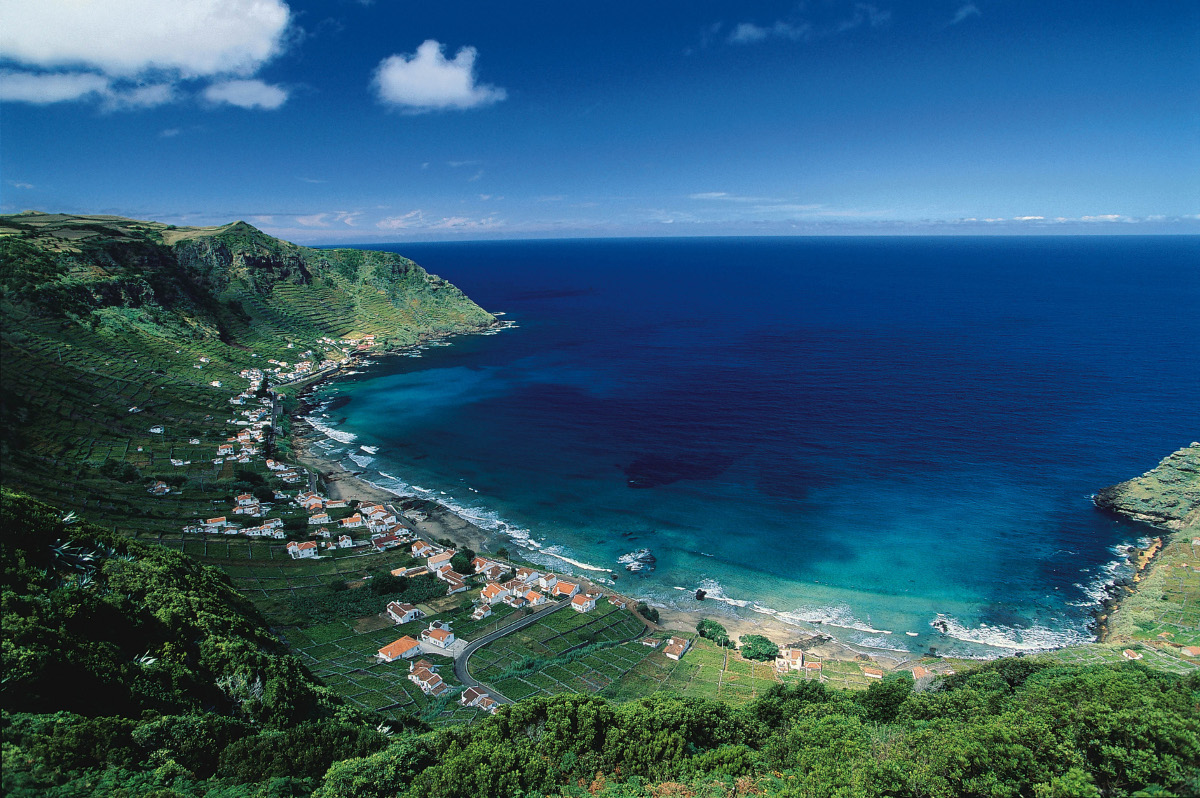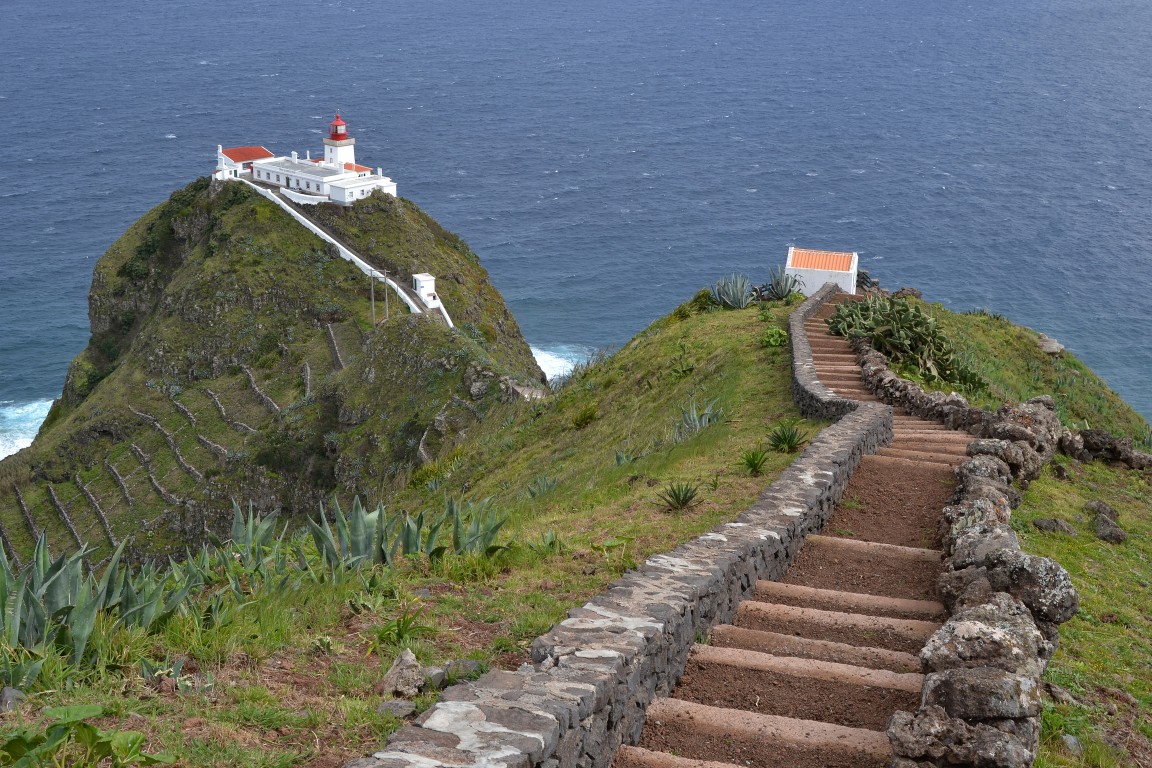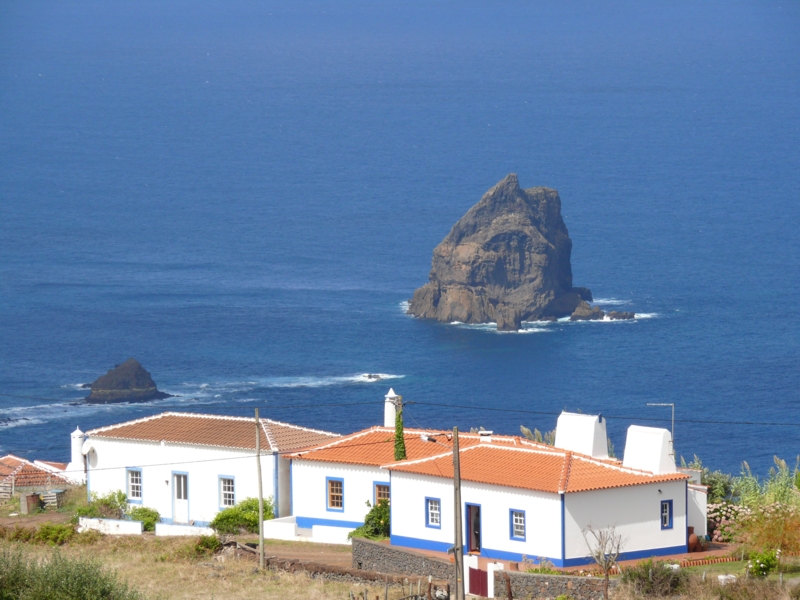Santa Maria Island
Santa Maria presents with an area of 97 km 2 and belongs to the Azores Eastern Group. It is believed that Diogo de Silves was the first Portuguese on the island in the year 1427, however, others say it was Gonçalo Velho Cabral, navigator and freire the Order of Christ, which found in 1431. However, it is certain that Santa Maria had the first contact with human civilization, having begun his village in 1439, the year in which captain-donee Gonçalo Velho and a group of settlers fixed moorings in the Lobos Beach.

These settlers developed the local economy was based on the cultivation of pastel a dye plant, blue dye, to dye textiles in Flanders, also supported the production of wheat and clay extraction for the production of tableware and tiles.
In the sixteenth and seventeenth centuries, in Santa Maria landed English privateers, French, Turks and Arabs from North Africa, during a troubled time and Moorish occupation. Legend has it that the population had to take refuge in Furna de Santana, thus escaping the looting, arson, torture and kidnappings.
In the eighteenth and nineteenth centuries, Santa Maria was marked by prosperity to vineyards, wheat, corn, fruit orchards, potatoes and yams, along with the export of the textile industry.
In the following century, with the opening of the airport, a new dynamic arises on the island, allowing its development and progress. Already during World War II, American forces joined forces with Azorean, since the Azores had a strategic position, useful in antissubmarina fight.
After this time, the Santa Maria airport adapts for civil purposes, is shaping up for the scale of aircraft, particularly those crossing the Atlantic Ocean. Today, the airport retains its role of air traffic control over the Atlantic mass, even as a basis for the economy of Santa Maria, followed by agricultural and fishing activities.





